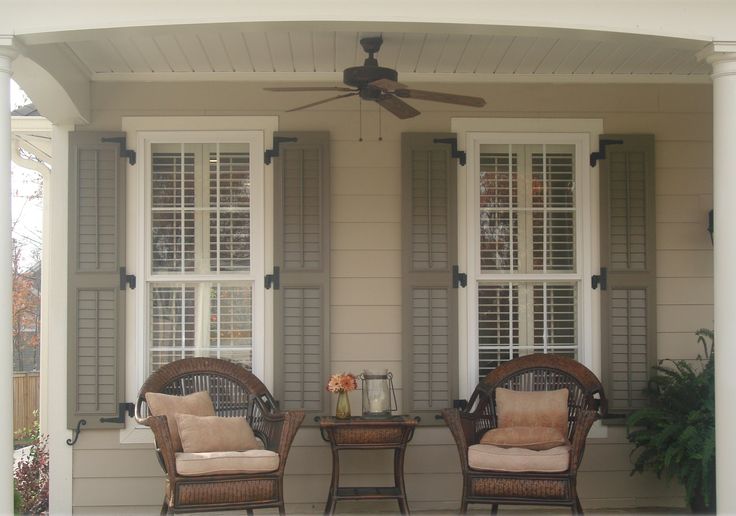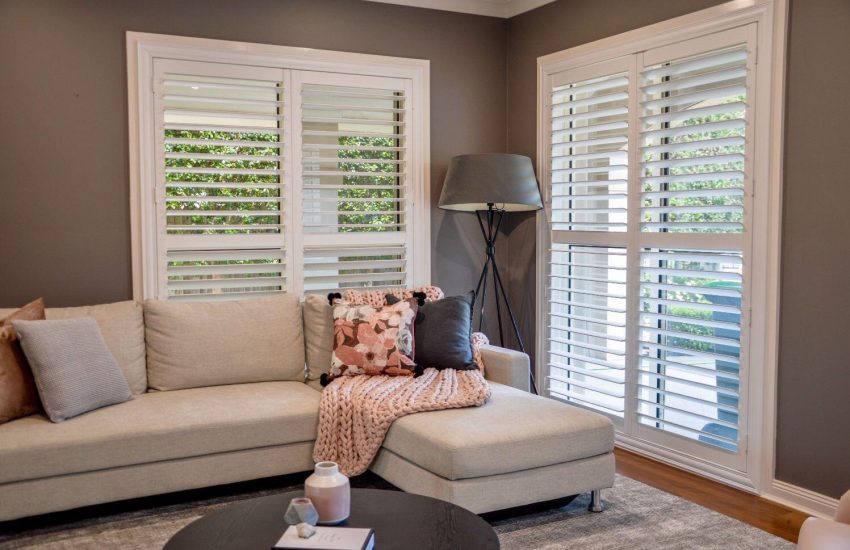The History of Plantation Shutters
The History of Plantation Shutters by Gainesville Shutters. Plantation shutters are a timeless window treatment that has transcended centuries, offering both functionality and aesthetic appeal. The history of plantation shutters is a journey that dates back to ancient Greece, where shutters were initially designed as a practical solution to control light and airflow while providing privacy.

The History of Plantation Shutters
Ancient Origins:
The concept of shutters can be traced back to ancient Greece. The Greeks used marble louvers to regulate the light entering their homes. These early adaptations laid the foundation for what would later become known as plantation shutters.
Evolution in Europe:
Shutters evolved throughout the centuries, becoming popular across Europe during the Renaissance. The design was refined, and shutters made of wood, specifically cedar and pine, gained popularity for their durability and aesthetic appeal.
During this time, the term “plantation shutters” emerged when they were introduced to the plantations in the southern United States. The shutters were favored for their ability to provide shade, control light, and allow airflow in the subtropical climate.
18th and 19th Century America:
Plantation shutters became integral to the architecture of plantation homes in the southern United States, especially during the 18th and 19th centuries. These shutters were characterized by their wide louvers, allowing for better ventilation while offering protection against the sun’s heat.
The shutters were predominantly made from durable woods such as mahogany, oak, and cherry, making them resilient in the face of the region’s climatic challenges. The large louvers distinguished them from traditional shutters, and they were often designed to cover the entire window or door, hinged on the outside.
Modern Era and Popularity:
The 20th century brought technological advancements in manufacturing and materials, influencing the production of plantation shutters. Aluminum and synthetic materials were introduced, making shutters more affordable and adaptable to various environments. These changes further popularized plantation shutters in homes and commercial spaces.
Today, plantation shutters continue to be a sought-after window treatment. They have evolved in style, design, and materials, providing options to suit various interior designs, from classic to contemporary.
Benefits of Plantation Shutters:
- Light Control: They offer versatile light management, allowing inhabitants to adjust the louvers according to their preferences.
- Ventilation: The adjustable louvers enable excellent airflow while maintaining privacy.
- Aesthetics: Their timeless design complements various architectural styles, adding a touch of elegance to any space.
- Durability: Depending on the material, plantation shutters can be quite sturdy and long-lasting.
- Insulation: They provide insulation, helping to regulate indoor temperatures.
The history of plantation shutters is a testament to their enduring appeal and functionality. From ancient origins to their modern adaptations, these window treatments have remained a staple in interior design, combining practicality with aesthetic charm. Whether in historic plantation homes or contemporary urban dwellings, plantation shutters continue to be a popular and versatile choice for window coverings.
If you would like to find out more about Plantation Shutters and their modern use as fashionable window treatments, contact Gainesville Shutters to schedule a free in-home estimate. Gainesville Shutters is a division of Gotcha Covered in Gainesville Florida.

